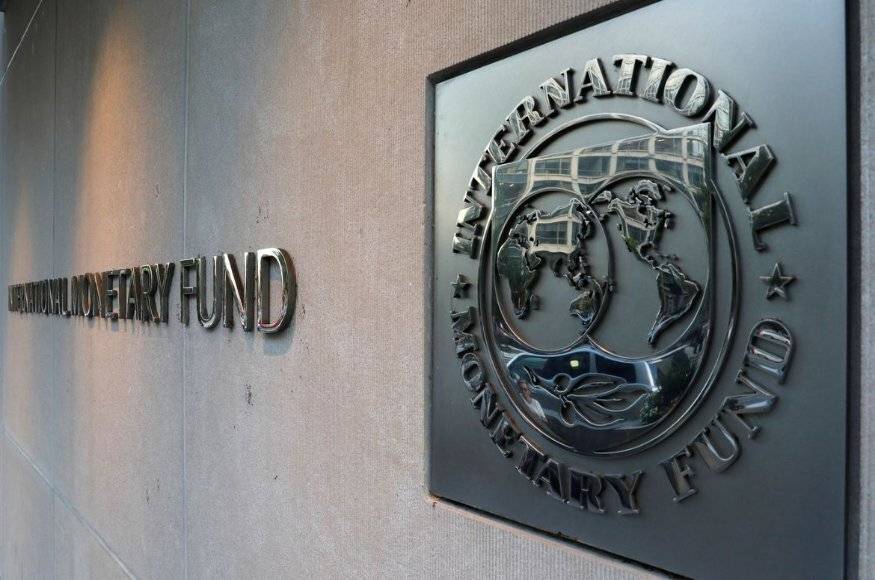- CatalogTop
Full catalog list - Food & BeveragePopular
Popular packed food and beverages
- Beauty & Self Care
Beauty and personal self-care products - Home & Garden
Home and garden supplies and accessories - Board Games
Most popular board games from Latin America - BrandsAll brands
Full list of all brands in the store. Browse all brands - IndustriesNew!
Filter products by desired business category - Services
See all services - See All Products
See full list of all products - Companies
Companies list
The New Era of Globalization

The new era of world trade already has a name: the IMF baptizes and explains the fifth stage of globalization
The last 200 years have been turbulent for the world in general, but especially for the West. Beyond the two world wars and other major conflicts that have definitively marked the past and the present, in those two centuries the economy has taken a giant leap, which began with the Industrial Revolution. This Copernican turn, although terribly hard at first for workers, has allowed millions of people to get out of poverty and for countries to specialize where they have comparative advantages. All this has been possible, in large part, thanks to the growth of international trade.
![]()
The improvements in transport experienced during those years reduced the 'distance' between economies and regions, allowing the exchanges of goods to be profitable and possible (previously, perishable or very heavy products could not be transported, for example). Despite everything, international trade and its evolution has not been linear since then, nor does it seem that it will be in the future, despite the benefits it generates in aggregate terms. A good proof of this lack of linearity is the new era in which international trade is entering, a stage in which hyper-globalization seems to say goodbye at the same time that what the IMF economists have called slowbalization is born.
![]()
The International Monetary Fund has published a note in which it analyzes the five eras that international trade has lived from 1870 to the present. Shekhar Aiyar and Anna Ilyina are the authors of the note in which globalization is divided into five eras: 1870-1914 (Industrial Revolution), 1914-1945 (wars and protectionism), 1945-1980 (Fixed exchange rates-Bretton Woods), 1980-2008 (the great liberalization or hyper-globalization) and 2008 to today (slowbalization). These are the five eras of globalization that the IMF detects and defines in its latest note, the last one being the most novel, since the previous ones already have quite a lot of literature behind them and are well defined and baptized.
Industrialization or the Second Industrial Revolution (1870-1914). The era of industrialization was a period in which the gold standard facilitated world trade, dominated by Argentina, Australia, Canada, Europe (Belgium stood out in this period) and the USA. This era was largely driven by advances in transportation that reduced trade costs and increased the volumes of goods between countries.
Wars and Protectionism (1914-1945). During this period, the two World Wars and the Russian Revolution took place, a turbulent period that reduced trade flows, stoked nationalisms and put a brake on globalization. "The interwar era marked a dramatic reversal of globalization due to international conflicts and the rise of protectionism. Despite the League of Nations' push for multilateral cooperation, trade became regionalized amid trade barriers and the break-up of the gold standard into monetary blocs," the IMF experts comment.
Fixed exchange rates - Bretton Woods (1945-1980). The Bretton Woods era (the agreements and resolutions of the United Nations monetary and financial conference, held in the town of Bretton Woods in New Hampshire, to end protectionism and try to give rise to a more free-trade trade policy) saw the United States emerge as the dominant economic power with the dollar, then linked to gold, underpinning a system with other exchange rates linked to the 'greenback' itself
The Great Liberalization (1980-2008). The era of liberalization meant the gradual elimination of trade barriers in China and other large emerging economies and unprecedented international economic cooperation, including the integration of the former Soviet bloc. Liberalization led to increased trade growth. The World Trade Organization (WTO), created in 1995, became a new multilateral supervisor of trade agreements, negotiations and dispute settlement. Cross-border capital flows increased, increasing the complexity and interconnectedness of the global financial system.
Slowbalization (2008-present). The 'slowbalization' or slowdown of globalization that has occurred after the global financial crisis has been characterized by a prolonged slowdown in the pace of reforms and trade opening and the weakening of political support for free trade amid growing geopolitical tensions. The rounds of tariffs between the US and China, the rupture of several free trade agreements that were being negotiated or the Ukrainian war itself are slowing down globalization.
Source: https://www.eleconomista.es/
© 2017 - 2024, Directoro.com, or its affiliates. Trademarks are the property of their respective owners.

